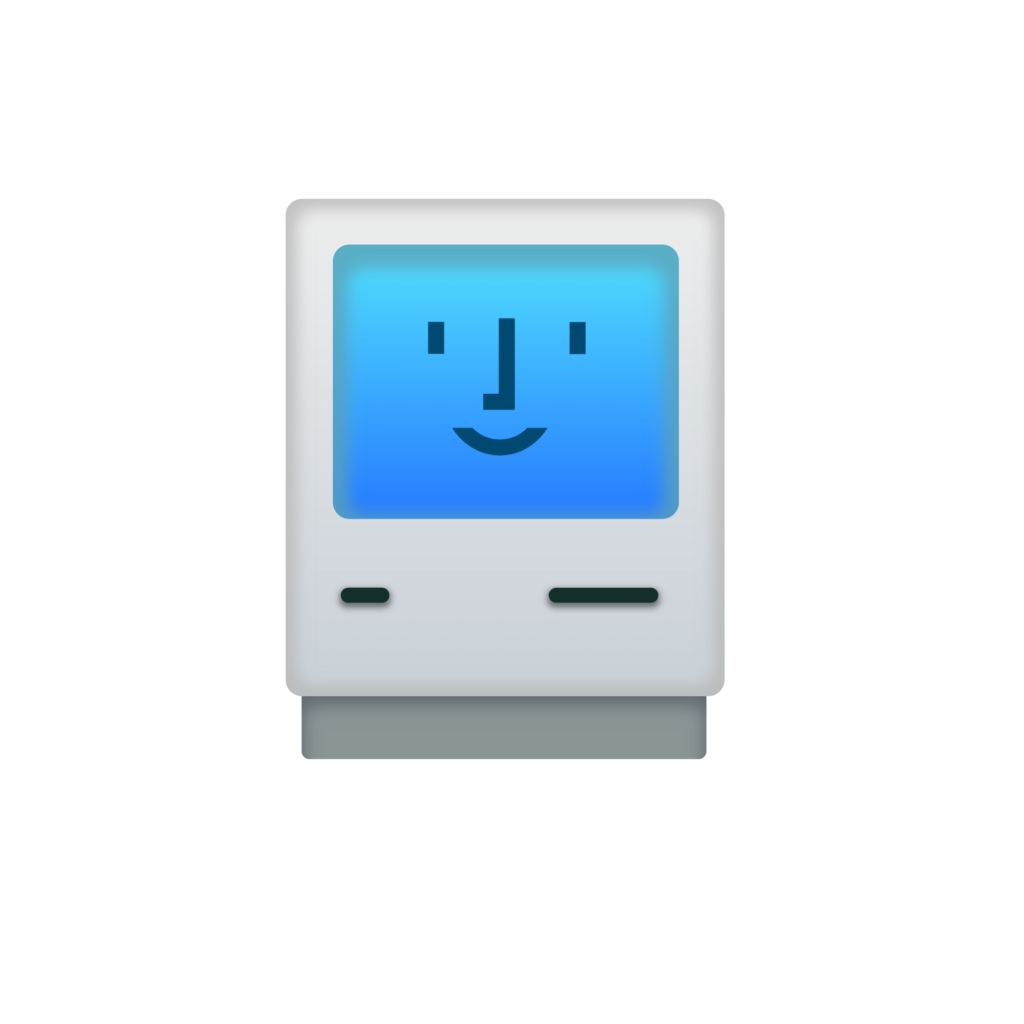According to reports from major news outlets, a faulty software update from cybersecurity firm CrowdStrike on July 19, 2024 triggered widespread system crashes and outages, affecting critical services and businesses globally and highlighting vulnerabilities in interconnected IT infrastructure.
Global Impact on Services
The outage affected a wide range of critical services and industries worldwide. Airlines like Delta, United, and American Airlines in the U.S., as well as IndiGo in India, experienced grounded flights. Emergency services were disrupted, with 911 call centers in Alaska reporting issues. Financial institutions, including Fifth Third Bank and TD Bank, faced digital system disruptions, while Synovus Financial had to implement contingency plans. Media outlets like Sky News encountered broadcasting difficulties. The widespread impact was due to CrowdStrike’s Falcon Sensor being used by over half of Fortune 500 companies, coupled with Windows’ dominant market share in enterprise environments.
Technical Cause of BSOD
The root cause of the widespread Blue Screen of Death (BSOD) incidents was a logic error in CrowdStrike’s Falcon Sensor configuration update, pushed to Windows systems on July 19, 2024 at 04:09 UTC. This update, intended to target newly observed malicious named pipes used in cyberattacks, inadvertently triggered an operating system crash. The Falcon Sensor, which operates at the kernel level with high privileges, caused affected systems to enter a crash loop, preventing them from booting up correctly and applying the fix. Although CrowdStrike quickly identified and rolled back the faulty update at 05:27 UTC, many systems had already downloaded the flawed file, leading to persistent crashes. The ability of some machines to recover automatically varied, potentially influenced by factors such as internet connection speed.
Economic Consequences
The economic impact of the CrowdStrike BSOD incident was substantial, though exact figures are still being assessed. Businesses across various sectors faced significant operational disruptions and potential revenue losses. Airlines had to ground flights, leading to costly delays and cancellations. Financial institutions experienced interruptions in digital services, potentially affecting transactions and customer trust.Retail chains encountered payment processing issues, with some customers unable to complete purchases. The incident also highlighted the hidden costs of heavy reliance on cloud services and third-party software, as many organizations had to implement costly contingency plans and dedicate resources to manual system recovery.
Future Mitigations
To prevent similar incidents in the future, cybersecurity experts recommend implementing several key strategies. These include adopting blue-green deployments to minimize disruptions during updates, improving testing procedures for kernel-level software changes, and developing more robust fail-safe mechanisms. Organizations are advised to diversify their cybersecurity tools and avoid relying on a single vendor, thereby reducing the risk of widespread outages. Additionally, the incident underscored the importance of using memory-safe languages like Rust for developing critical system components, as well as implementing system extensions that limit a process’s access to the OS kernel. Enhancing incident response plans and ensuring clear protocols for quickly addressing and mitigating the effects of such incidents are also crucial steps for improving overall system resilience.

Why were Macs not affected?
Macs were not affected by the CrowdStrike BSOD incident due to several key factors related to Apple’s operating system design and security architecture:
- Limited Kernel-Level Access: Unlike Windows, macOS does not allow third-party security applications to have deep-level access to the operating system kernel. This level of access is necessary for tools like CrowdStrike’s Falcon Sensor to monitor and protect the system but also increases the risk of critical system crashes if something goes wrong. Apple’s Endpoint Security Framework provides a controlled environment for security monitoring without granting such extensive privileges.
- Tightly Controlled Ecosystem: Apple’s “walled garden” approach ensures that both hardware and software are tightly integrated and controlled by Apple. This reduces the likelihood of external software causing system-wide issues. This ecosystem control allows Apple to maintain a higher level of security and stability by limiting the potential impact of third-party software updates.
- Different Update Mechanisms: The CrowdStrike Falcon Sensor update that caused the BSOD was specific to Windows systems. The faulty update included a configuration file that triggered a logic error in Windows, leading to system crashes. Since macOS and Linux systems do not use the same update mechanism or configuration files, they were not impacted.
- Endpoint Security Framework: Introduced in macOS 10.15 Catalina, Apple’s Endpoint Security Framework allows security vendors to build solutions that monitor security-related events such as file system access and process creation without needing deep kernel access. This framework helps ensure that security applications can function effectively while maintaining system stability and security.
These factors collectively ensured that Macs remained unaffected by the CrowdStrike BSOD incident, highlighting the differences in how macOS and Windows handle third-party security software and system updates.